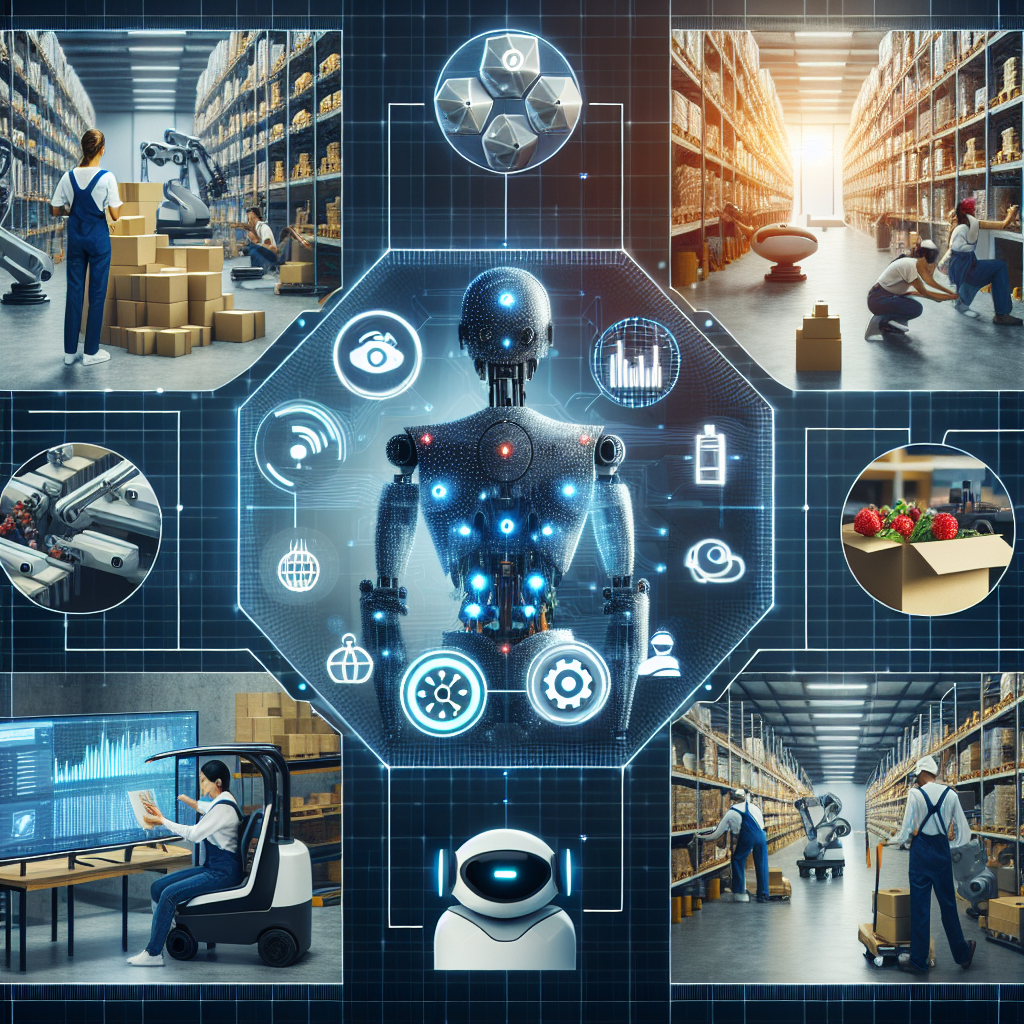AI and Warehouses: Revolutionizing Logistics for the Future
In the rapidly evolving world of logistics, the integration of artificial intelligence (AI) into warehouse operations is not just a trend—it's a transformative force reshaping the industry. As businesses strive for greater efficiency, accuracy, and cost-effectiveness, AI emerges as a pivotal tool in achieving these goals. This blog post delves into the profound impact of AI on warehouses, exploring how it enhances operations and sets the stage for a more streamlined future in logistics.
The Role of AI in Modern Warehousing
Warehouses are the backbone of the supply chain, serving as critical hubs where goods are stored, sorted, and dispatched. Traditionally, these operations have been labor-intensive, requiring significant human intervention. However, the advent of AI has introduced a new era of automation and intelligence, enabling warehouses to operate with unprecedented precision and speed.
AI technologies, such as machine learning, computer vision, and robotics, are being deployed to optimize various aspects of warehouse management. From inventory tracking to order fulfillment, AI systems are capable of processing vast amounts of data in real-time, making informed decisions that enhance operational efficiency. For instance, AI-powered robots can navigate warehouse floors autonomously, picking and packing items with remarkable accuracy, thereby reducing human error and increasing throughput.
Enhancing Inventory Management
One of the most significant benefits of AI in warehouses is its ability to revolutionize inventory management. Traditional methods of inventory tracking often involve manual counts and periodic audits, which can be time-consuming and prone to errors. AI, on the other hand, offers real-time inventory visibility, allowing warehouse managers to monitor stock levels accurately and predict demand with greater precision.
Machine learning algorithms analyze historical sales data, seasonal trends, and other variables to forecast future inventory needs. This predictive capability ensures that warehouses maintain optimal stock levels, minimizing the risk of overstocking or stockouts. As a result, businesses can reduce carrying costs and improve customer satisfaction by ensuring timely product availability.
Streamlining Order Fulfillment
AI also plays a crucial role in streamlining order fulfillment processes. In a traditional warehouse setting, picking and packing orders can be labor-intensive and time-consuming. AI-driven systems, however, can automate these tasks, significantly reducing the time it takes to process orders.
Robotic systems equipped with AI can identify and retrieve items from shelves with speed and accuracy, while AI algorithms optimize picking routes to minimize travel time within the warehouse. This level of automation not only accelerates order processing but also enhances accuracy, reducing the likelihood of errors that can lead to costly returns and dissatisfied customers.
Improving Safety and Maintenance
Safety is a paramount concern in warehouse environments, where the risk of accidents is ever-present. AI technologies contribute to safer working conditions by monitoring warehouse operations and identifying potential hazards. For example, AI-powered cameras can detect unsafe behaviors or obstacles in real-time, alerting workers and supervisors to take corrective action.
Moreover, AI can predict equipment maintenance needs by analyzing usage patterns and performance data. Predictive maintenance reduces downtime by addressing issues before they lead to equipment failure, ensuring that warehouse operations run smoothly and efficiently.
The Future of AI in Warehousing
As AI continues to evolve, its applications in warehousing are expected to expand



